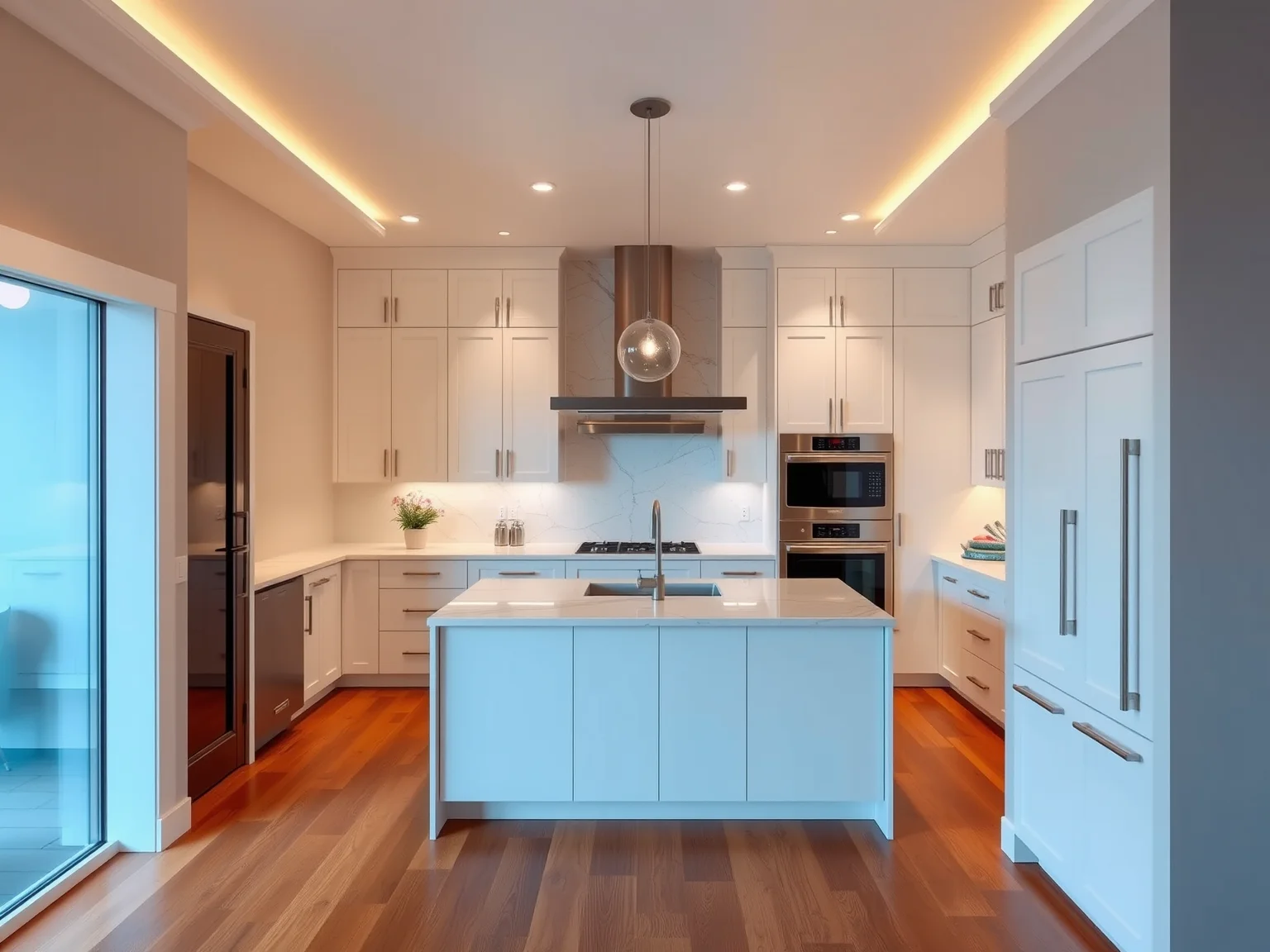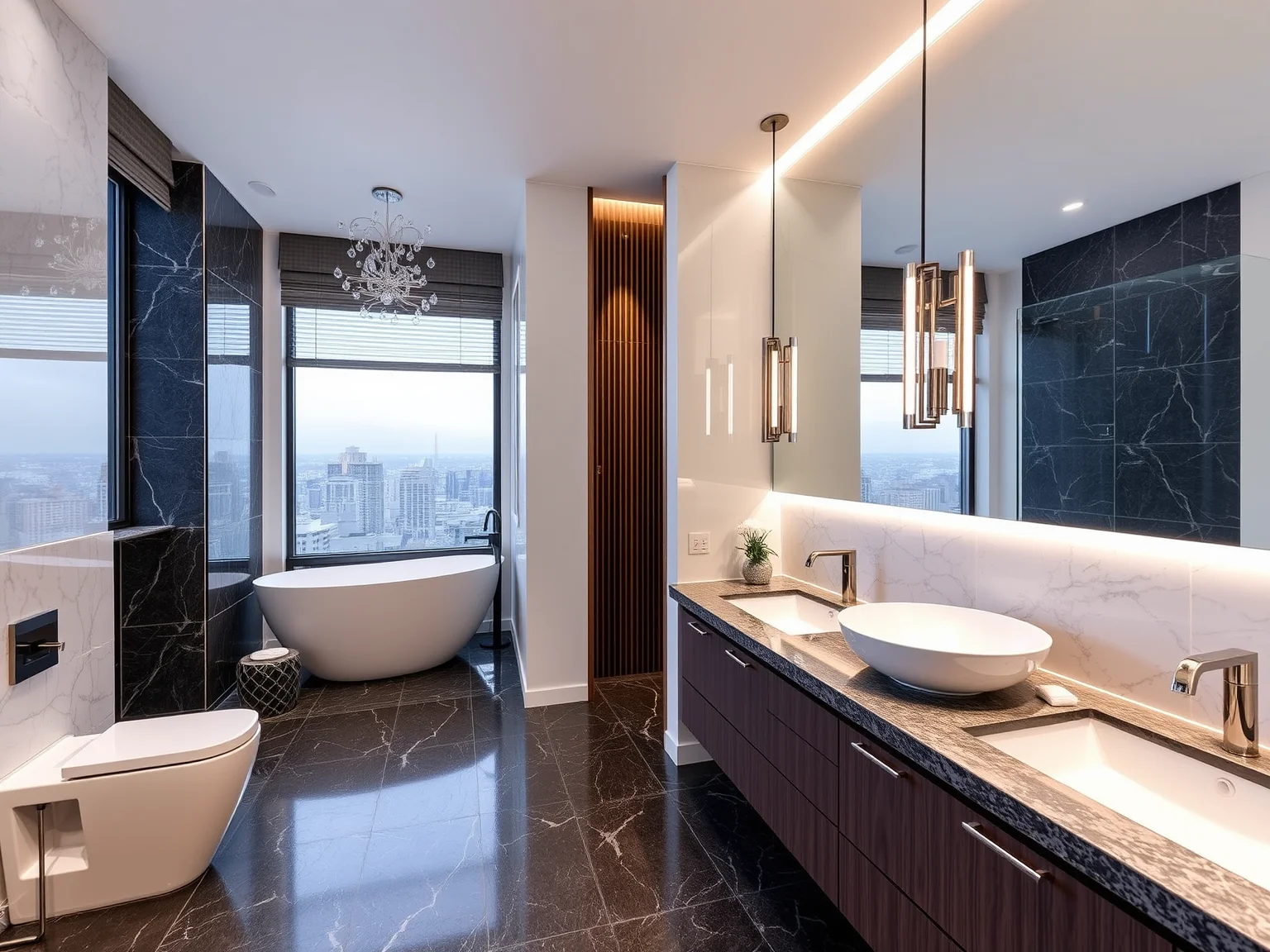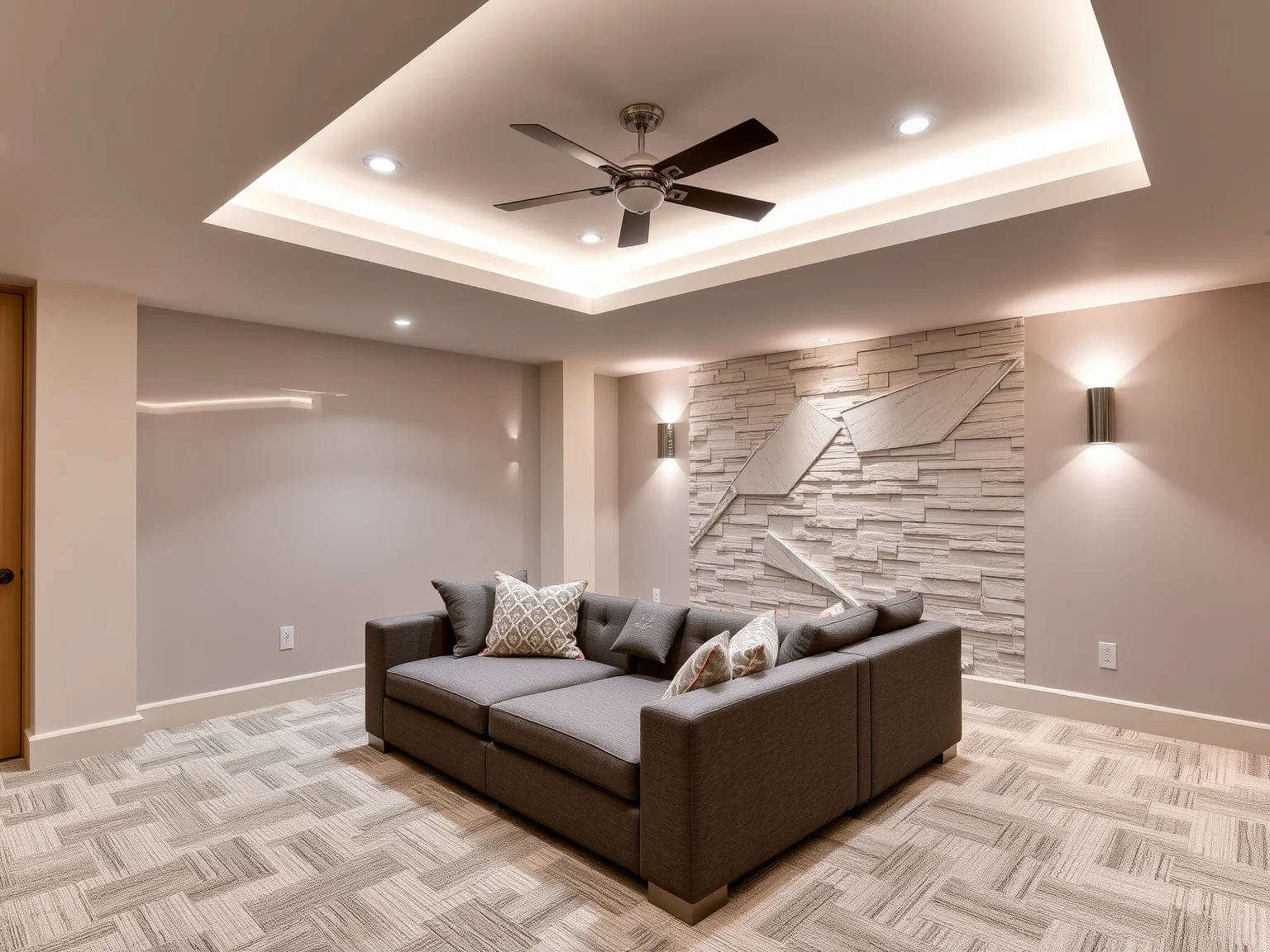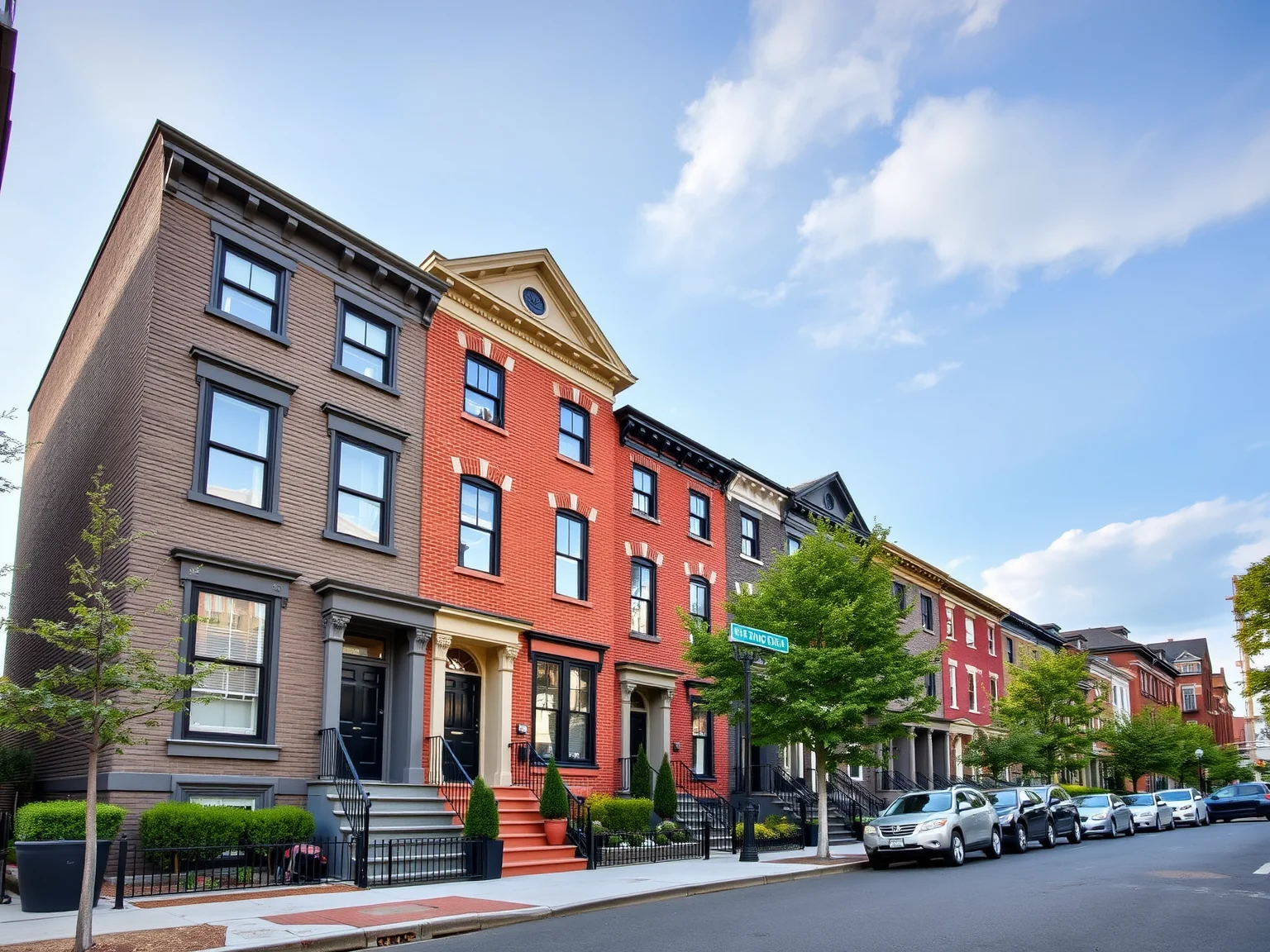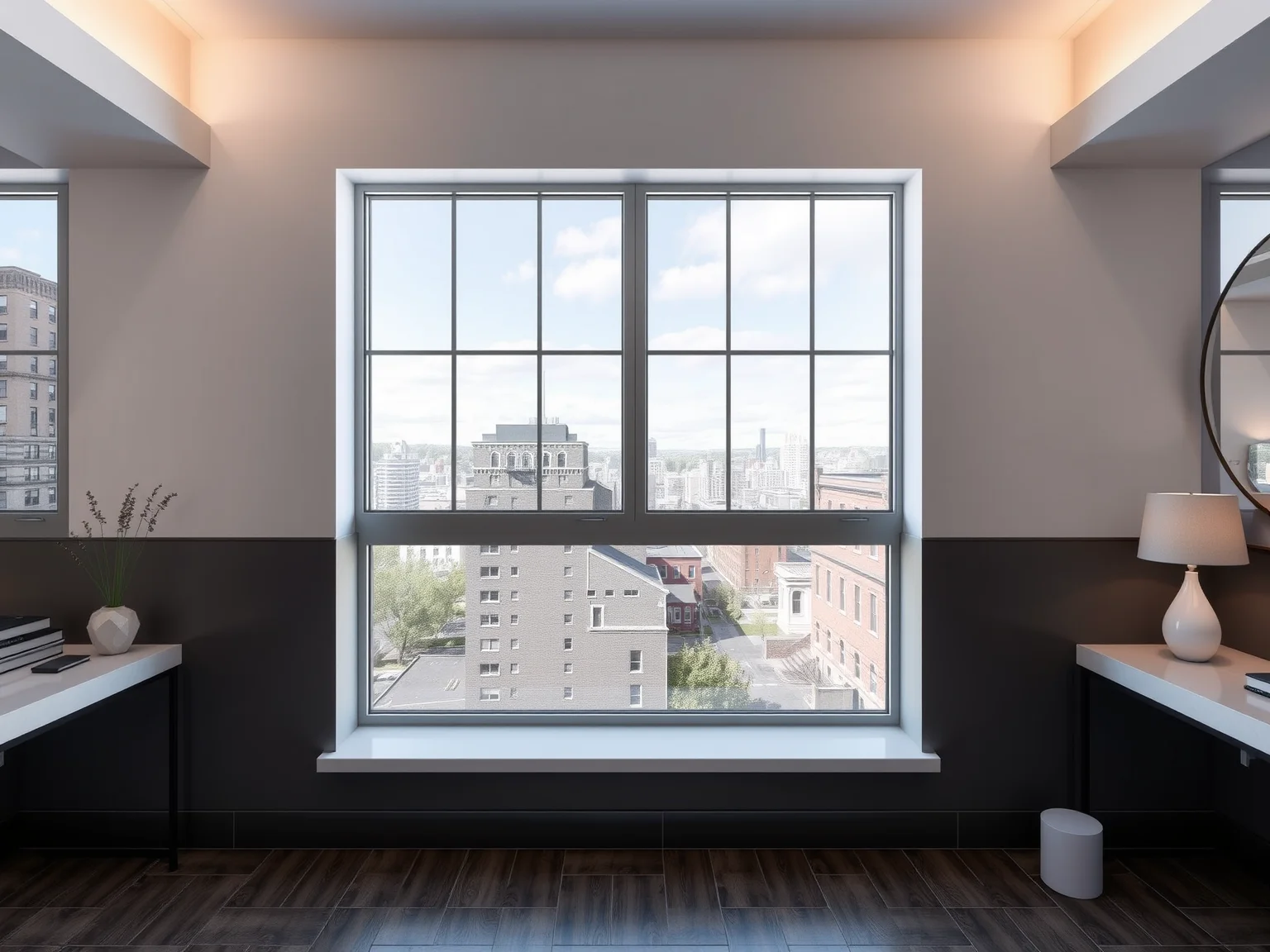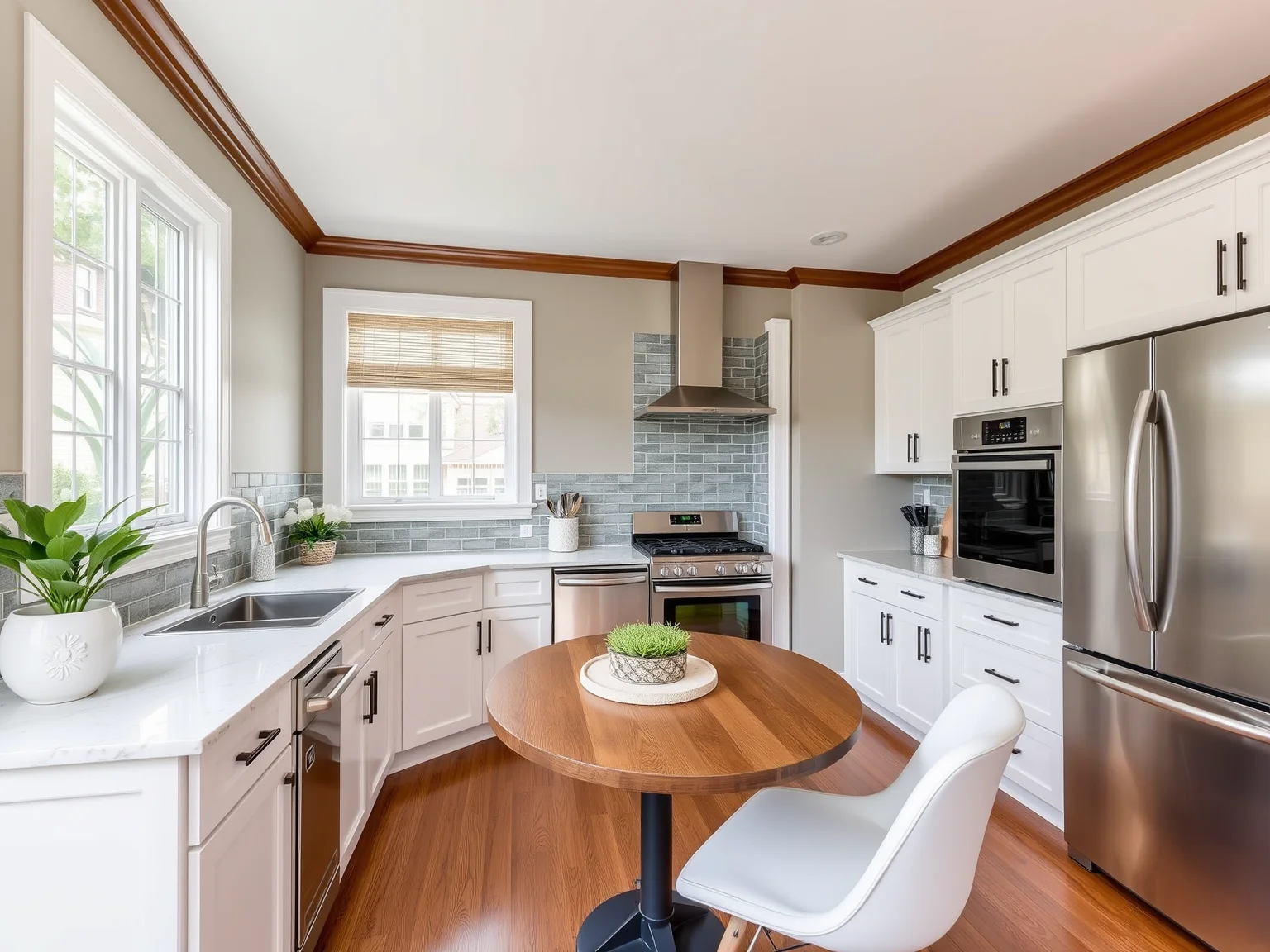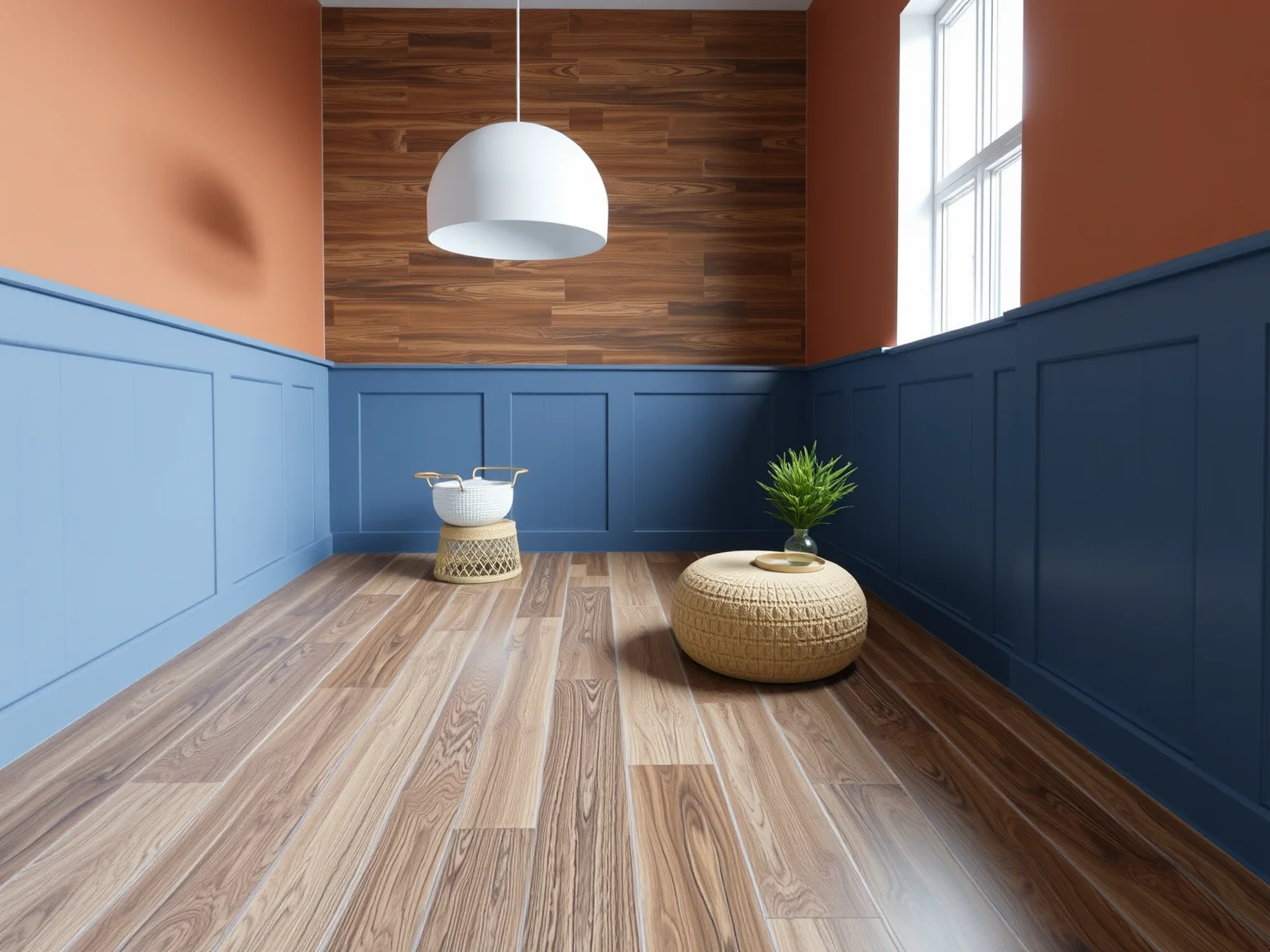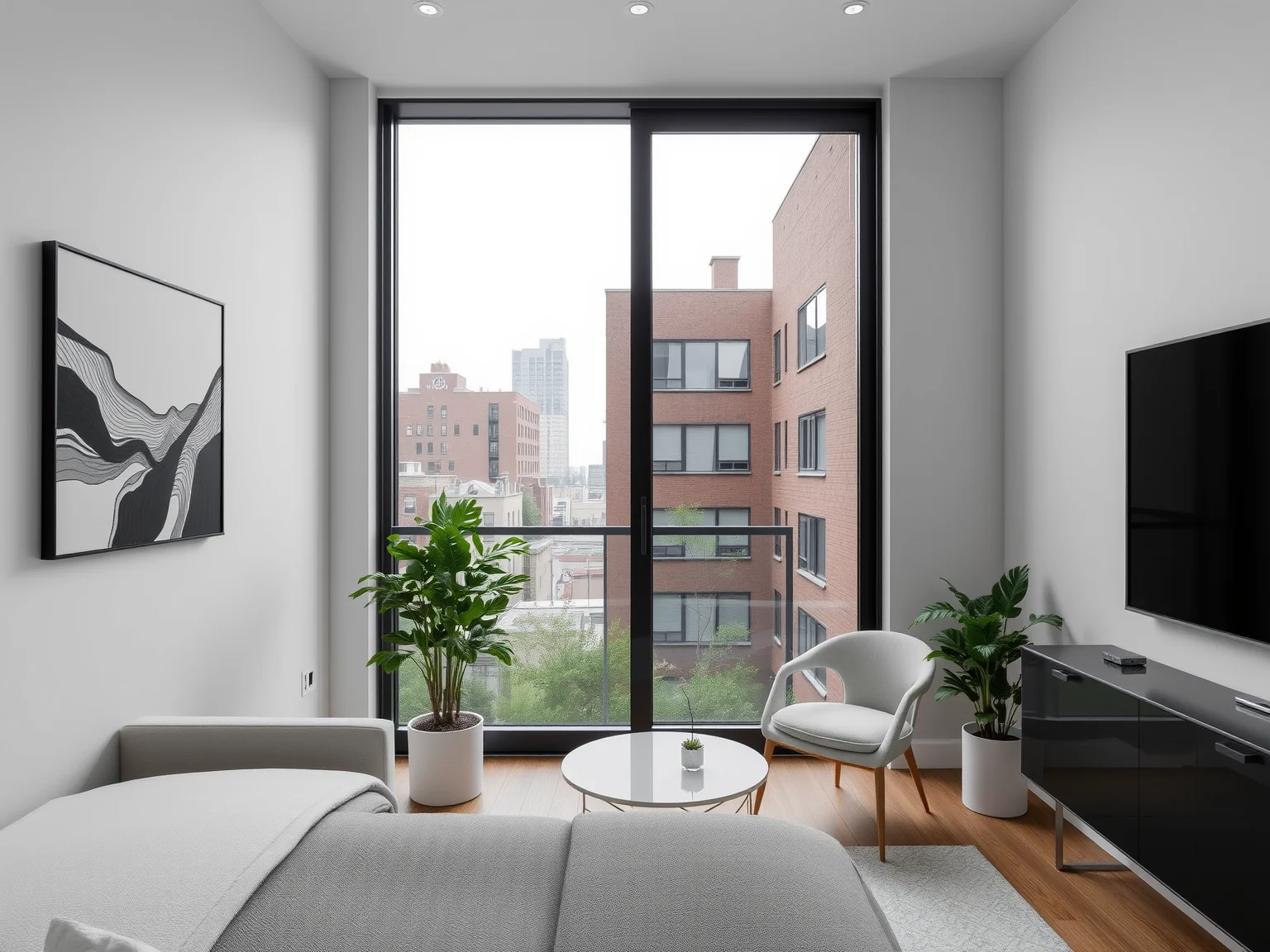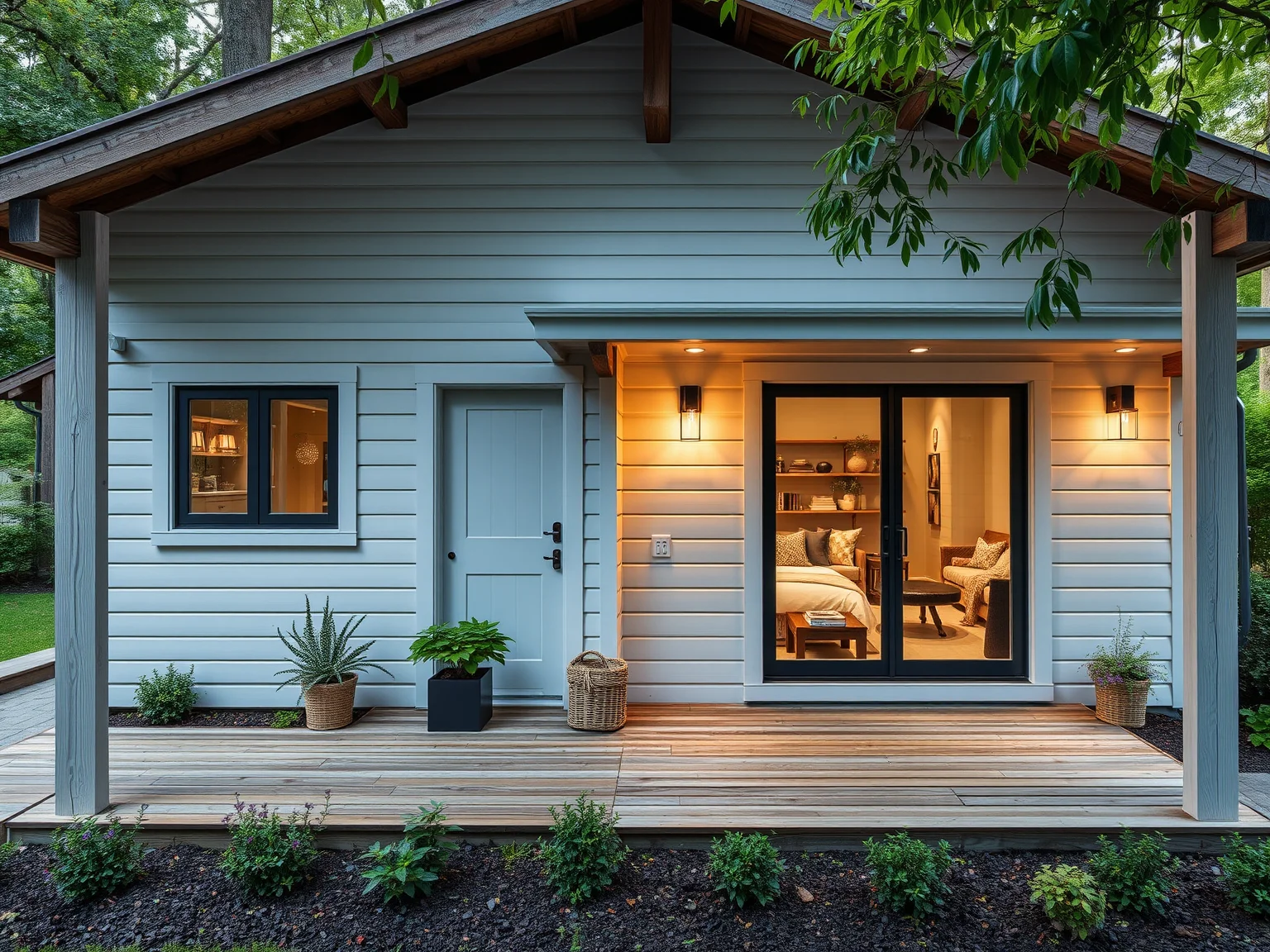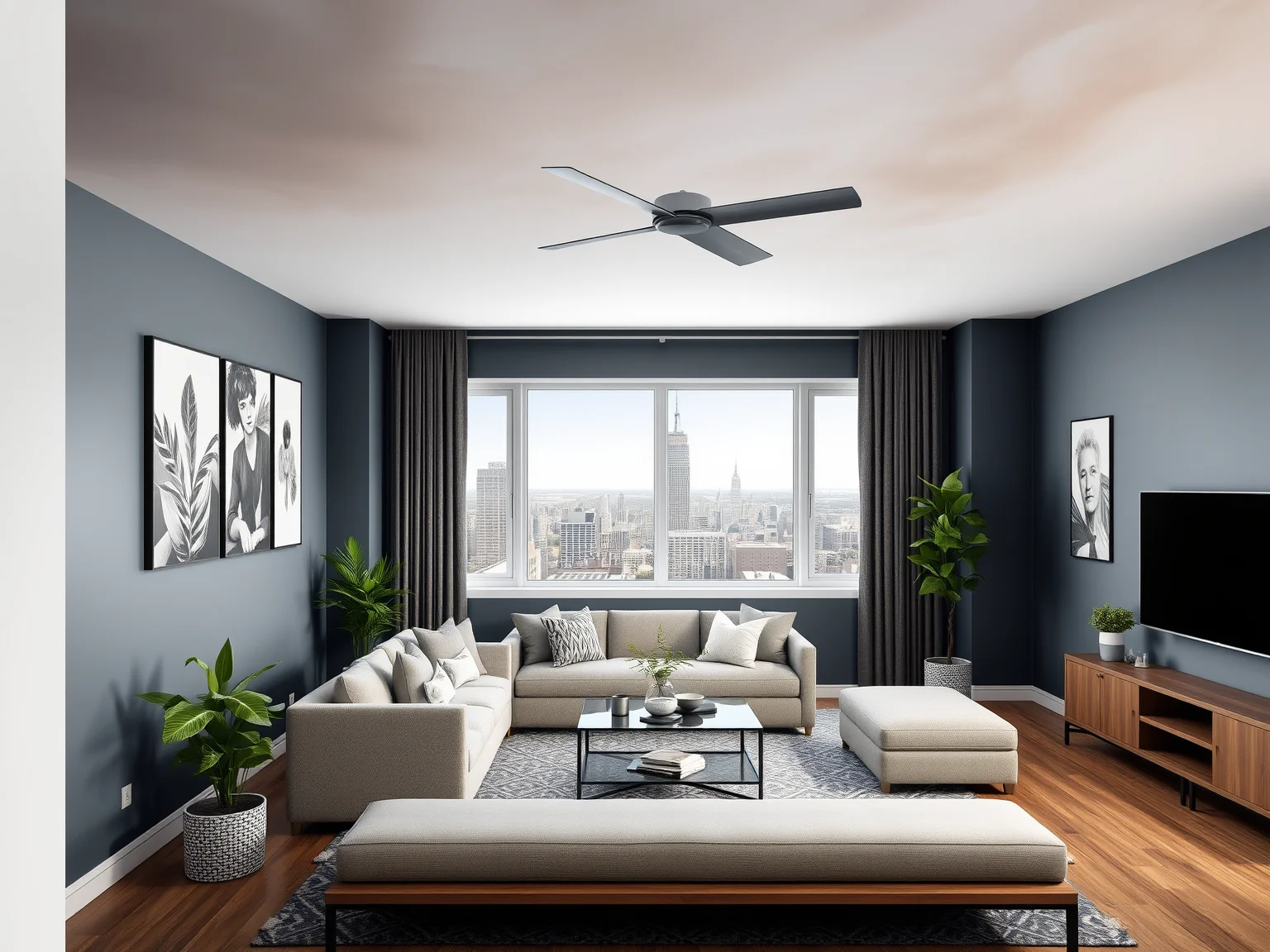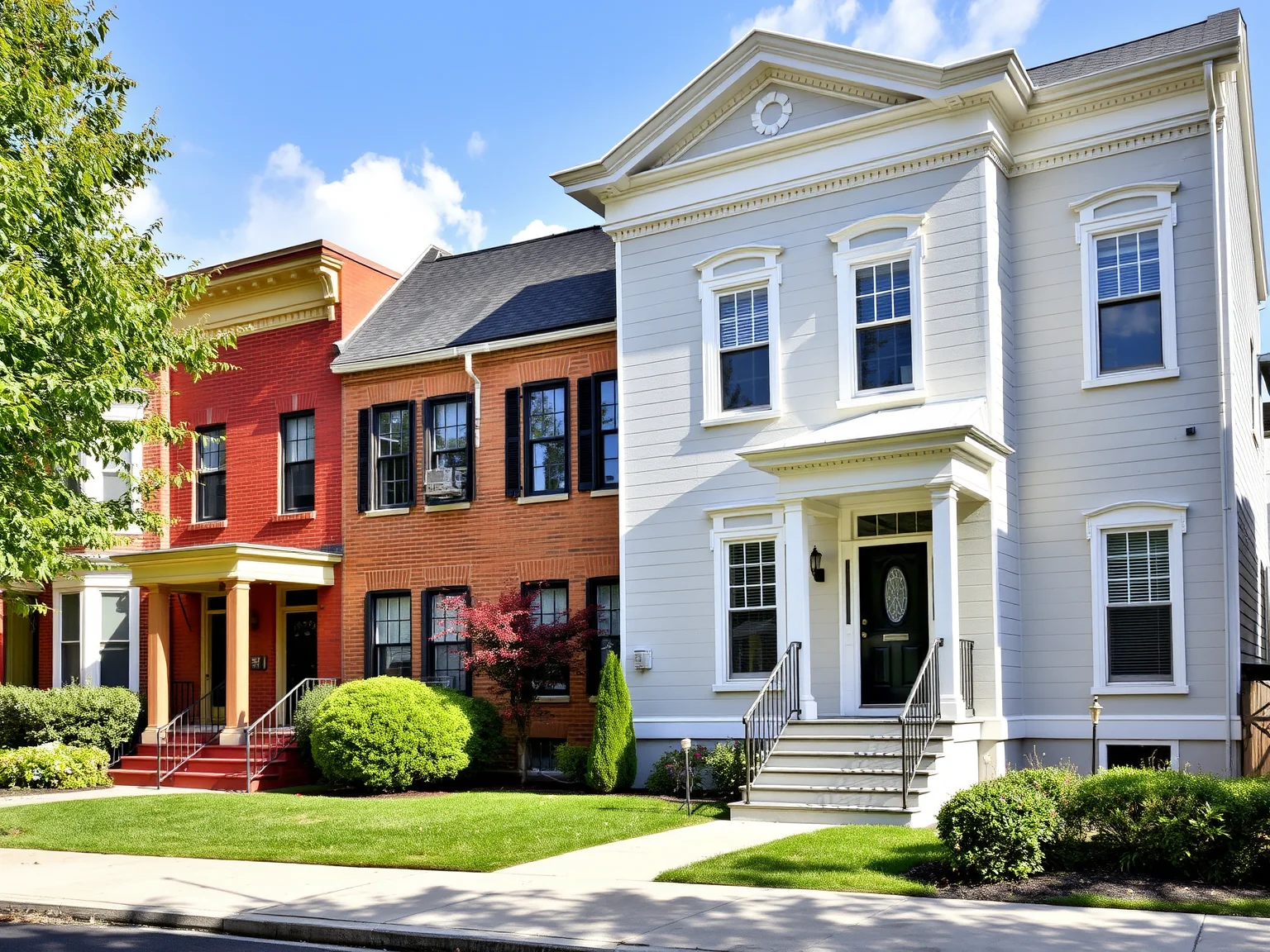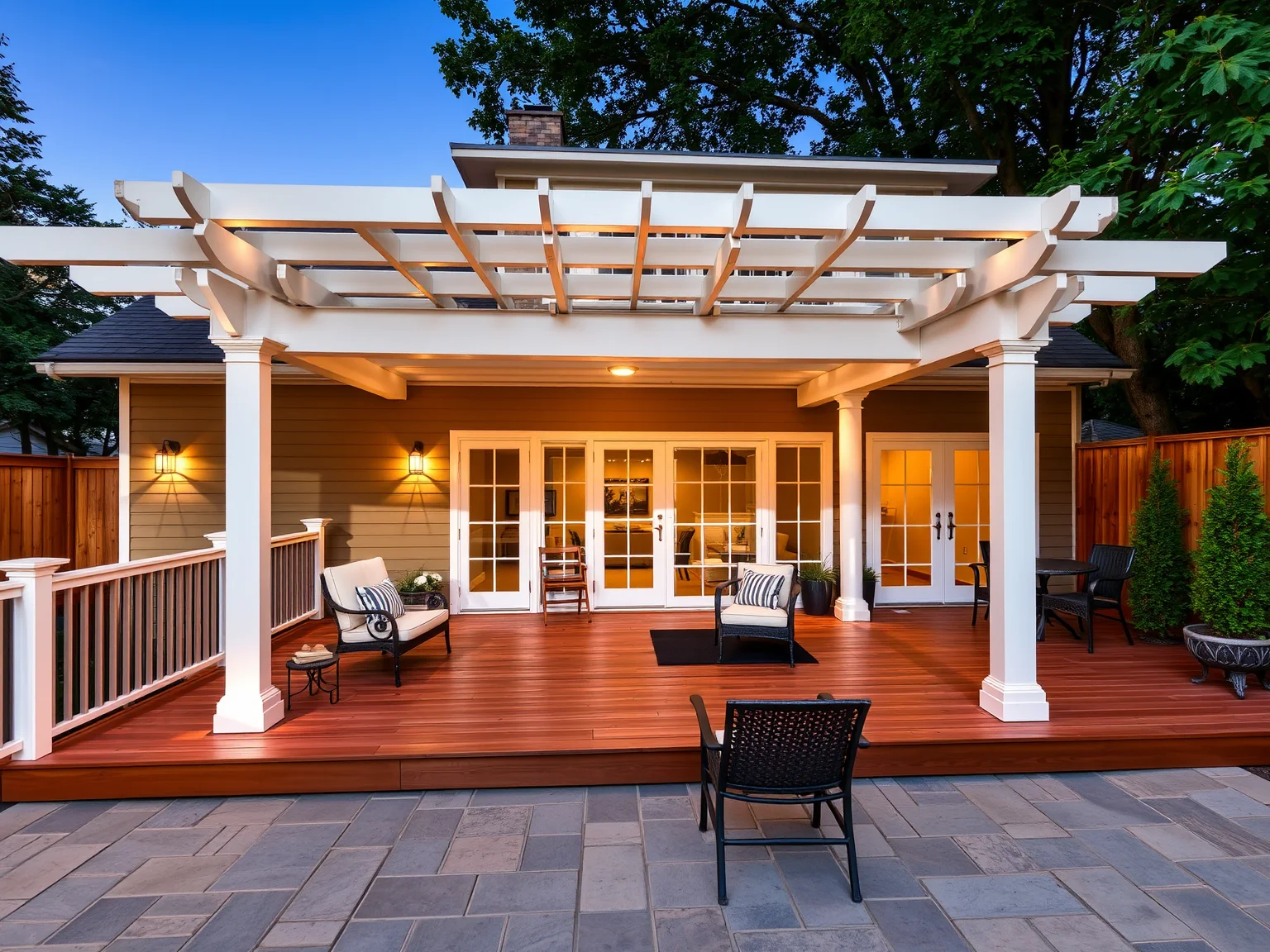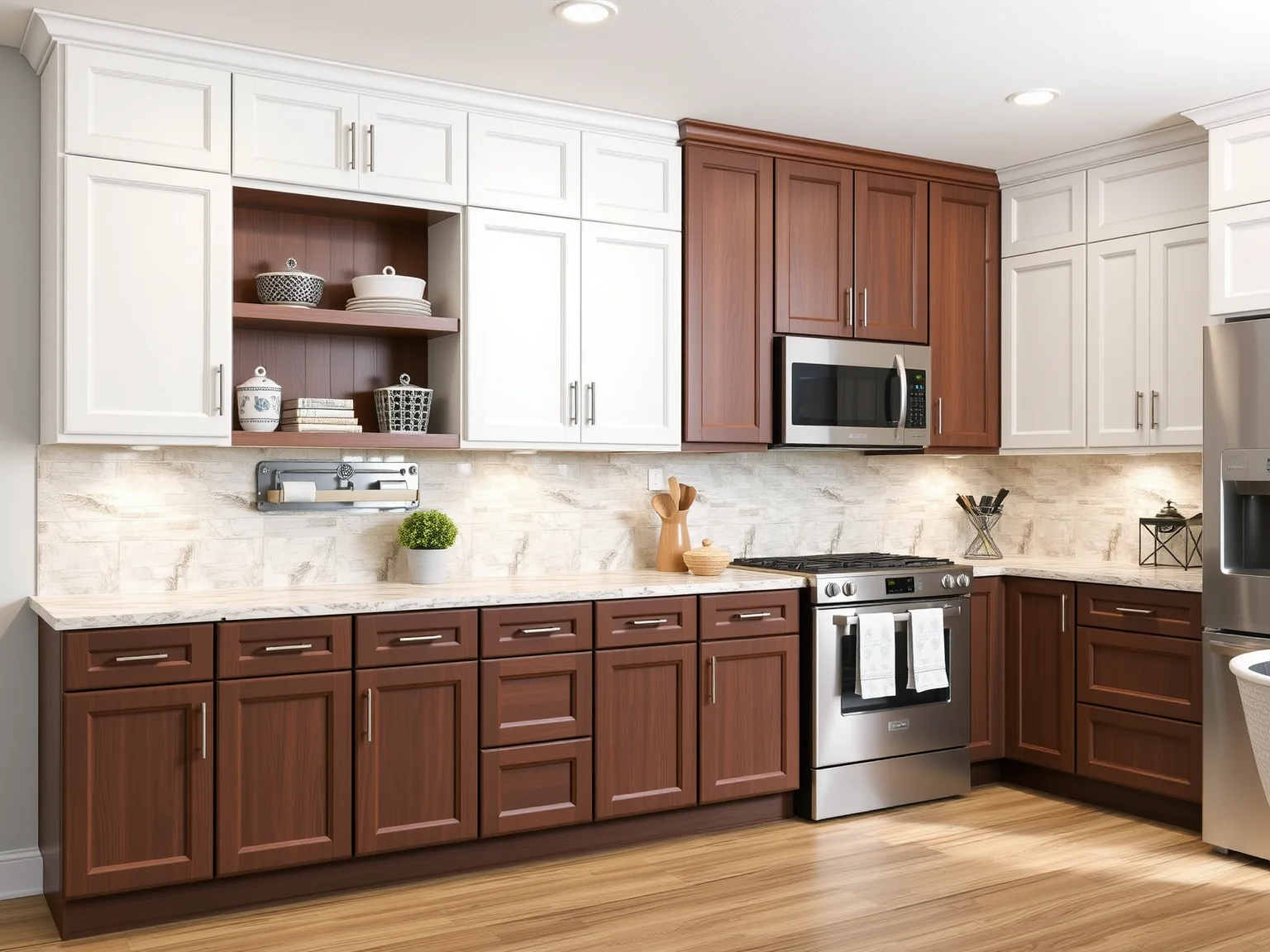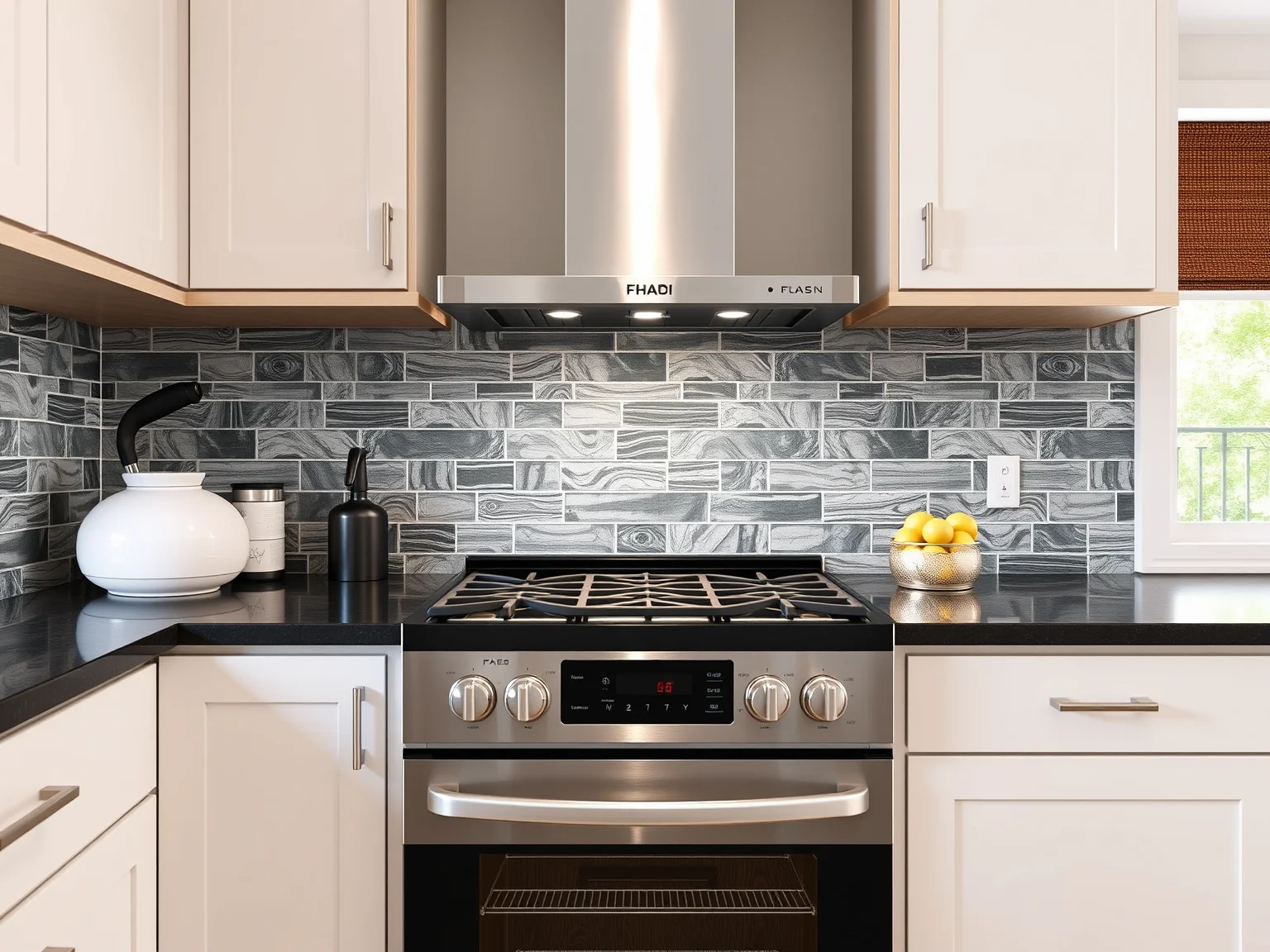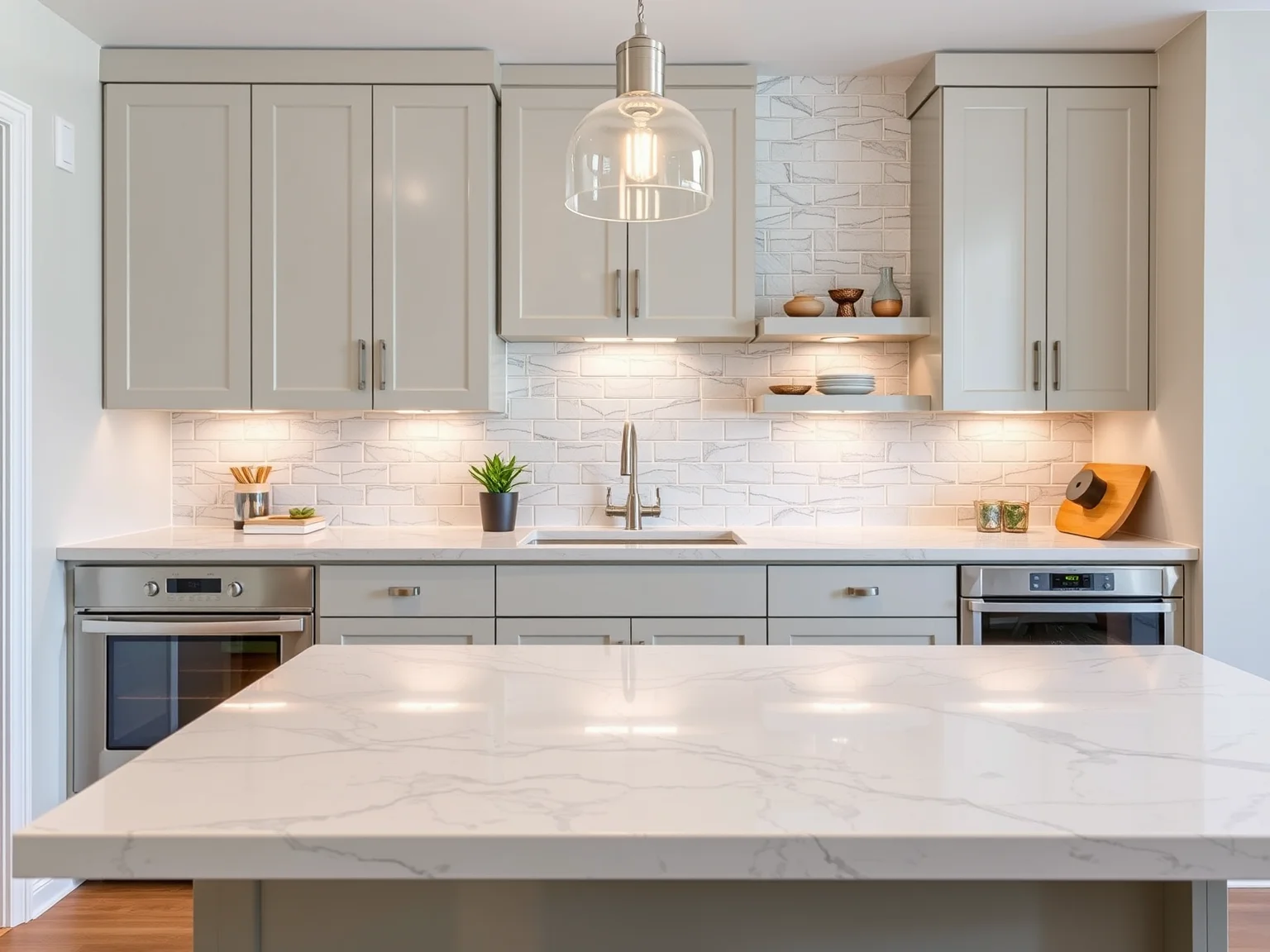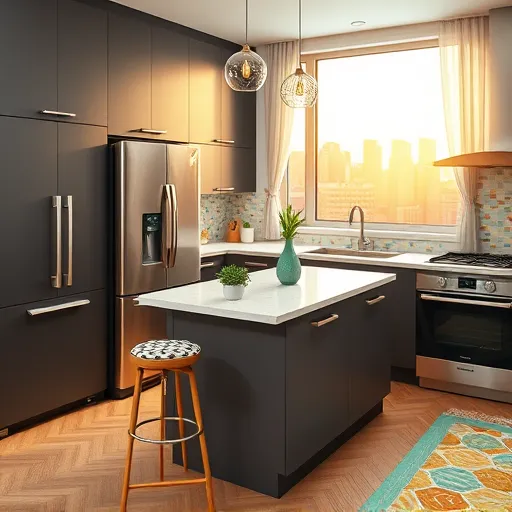
Accessible Shower Designs for Small Bathrooms | Space-saving Ideas
Why Are Accessible Shower Designs for Small Bathrooms Essential in Modern Home Architecture?
In today’s evolving housing landscape, inclusivity and functionality are not just optional features—they are fundamental components of good design. As lifestyles change and the demand for accessible living spaces increases, the importance of integrating accessible shower designs for small bathrooms cannot be overstated. These designs do more than accommodate aging populations or individuals with mobility challenges; they elevate the overall quality, safety, and aesthetic appeal of modern homes.
How Do Accessible Shower Designs Transform Small Bathrooms Into Functional Spaces?
Traditional small bathrooms are often plagued by cramped layouts, limited mobility, and outdated fixtures. But implementing accessible shower designs introduces a paradigm shift, transforming these compact spaces into more functional, user-friendly environments. Features such as walk-in showers, barrier-free entries, and adjustable fixtures maximize available space while ensuring safety and convenience. This holistic approach not only benefits residents with mobility concerns but also enhances everyday usability for all family members.
What Are the Key Elements of an Effective Accessible Shower Design for Small Bathrooms?
Barrier-Free Entry: A zero-threshold or step-free entry prevents tripping hazards and facilitates wheelchair access.
Wide, Open Showers: Generous dimensions that allow easy movement and accommodate assistive devices.
Non-Slip Surfaces: Porcelain shower tiles or textured flooring improve safety, minimizing the risk of slips and falls.
Adjustable Fixtures: Handheld shower heads and movable bars adapt to individual needs, increasing comfort and usability.
Smart Storage Solutions: Recessed shelving or niche compartments ensure essentials are within reach without cluttering the limited space.
Is Incorporating Accessibility Features in Small Bathrooms a Cost-Effective Strategy?
Many homeowners hesitate to pursue accessible shower designs for small bathrooms, fearing significant costs or extensive renovations. However, well-planned modifications often offer cost-effective solutions that add long-term value. For instance, updating fixtures with [porcelain shower tiles](https://ccpro.site/post/porcelain-shower-tiles) or installing minimalist grab bars can be achieved without major structural changes. Furthermore, investing in accessibility features enhances the longevity of the bathroom and increases property appeal, making it a worthwhile consideration for future resale benefits.
Why Are Inclusive Designs the Future of Home Building and Renovation?
As societal norms shift towards greater inclusivity, housing standards are also transforming. Building homes with accessible shower designs for small bathrooms aligns with this progressive movement, ensuring residences accommodate residents of all ages and abilities. An inclusive home mindset fosters independence, safety, and dignity for vulnerable populations while providing practical benefits for everyday use.
What Are Some Innovative Practices to Maximize Space in Small, Accessible Bathrooms?
Design innovation plays a crucial role in overcoming space constraints in small bathrooms. Here are actionable ideas:
First, consider utilizing [bold accent wall ideas for bathrooms](https://ccpro.site/post/bold-accent-wall-ideas-for-bathrooms) to create visually appealing focal points that distract from the limited size. Secondly, opting for sleek, wall-mounted fixtures reduces clutter and frees up more floor space. Third, implementing [local bathroom renovation packages in Edgewater, New Jersey](https://ccpro.site/post/local-bathroom-renovation-packages-edgewater-new-jersey) can provide customized, space-efficient solutions tailored to small bathroom layouts, ensuring optimal use of every square inch.
What Are Common Challenges in Designing Accessible Showers for Small Bathrooms?
Designing accessible showers in confined spaces presents unique obstacles, including:
Limited Space for Mobility Features: Achieving a balance between functionality and spaciousness requires careful planning.
Maintaining Aesthetic Appeal: Ensuring that accessibility features complement modern design standards without making the space appear clinical or unattractive.
Cost Constraints: Integrating advanced fixtures or materials within tight budgets necessitates creative solutions and prioritization.
How Can Professional Contractors Help Achieve the Perfect Balance Between Accessibility and Style?
Professional contractors specializing in bathroom remodeling bring invaluable expertise to the table. They understand how to seamlessly incorporate accessible features that blend with your home’s aesthetic, such as [kitchen remodel descriptions](https://ccpro.site/post/kitchen-remodel-description) highlighting cohesive design principles. Working with experienced professionals ensures that every detail—from fixture placement to flooring choices—is optimized for both safety and visual harmony, ultimately delivering a space that is accessible, modern, and stylish.
Why is It Important to Consider Future Adaptability in Small Bathroom Designs?
Designing with the future in mind ensures that small bathrooms remain functional as residents' needs evolve. Features like adjustable showerheads, removable bars, and flexible layouts provide adaptability, allowing the space to serve different users over time. This forward-thinking approach aligns with inclusive home strategies, providing peace of mind and ongoing usability for years to come.
Can Accessible Shower Designs for Small Bathrooms Improve Overall Home Value?
Absolutely. Incorporating accessible features elevates your property's appeal to a broader audience, including aging homeowners and mobility-challenged individuals. Such upgrades demonstrate a thoughtful, modern approach to home design that prioritizes safety, convenience, and aesthetics. Potential buyers are increasingly seeking homes with inclusive features, making accessible bathroom renovations a smart investment for enhancing overall property value.
What Are Practical Steps to Begin Incorporating Accessibility in My Small Bathroom?
Starting the process involves strategic planning and expert consultation. Step one is assessing your current layout with a professional to identify potential modifications. Next, prioritize features that maximize safety and comfort—such as installing barrier-free flooring or adjustable fixtures. Research reputable contractors with experience in small space renovations, and explore innovative design ideas like [bold accent wall ideas for bathrooms](https://ccpro.site/post/bold-accent-wall-ideas-for-bathrooms) to add personality to your space. To ensure a seamless process, consider customized renovation packages that cater specifically to your needs.
What Are the Long-Term Benefits of Embracing Inclusive and Accessible Bathroom Design?
Long-term benefits extend beyond immediate comfort and safety. They foster a more inclusive environment, support aging-in-place, and reduce the need for future renovations. Moreover, accessible bathroom designs often incorporate energy-efficient fixtures and durable materials, leading to lower utility bills and maintenance costs. Ultimately, they contribute to a more sustainable, resilient, and welcoming home environment that adapts to life's changing circumstances.
How Do Accessible Shower Designs for Small Bathrooms Promote Equity and Safety?
Implementing accessible shower designs in small bathrooms directly promotes equity by ensuring that individuals of all mobility levels can independently use their bathroom facilities. Safety is enhanced through features like slip-resistant surfaces, barrier-free entries, and appropriate grab bars, significantly reducing the risks of slips and falls. By fostering a safe and inclusive environment, these designs uphold the dignity and independence of every household member.
What Are the Key Considerations When Planning an Accessible Bathroom Remodel in a Small Space?
Key considerations include evaluating the existing layout for potential modifications, selecting space-efficient fixtures, and choosing materials that blend safety with style. Prioritizing user comfort and future adaptability is essential. Working with experienced bathroom renovation professionals can streamline this process, ensuring compliance with accessibility standards while maintaining aesthetic appeal. Additionally, exploring ideas such as accent walls or innovative tile choices can add personality without sacrificing functionality.
How Can Homeowners Find Reliable Contractors for Small Bathroom Accessibility Projects?
Start by researching companies with proven expertise in small space transformations and universal design principles. Reading reviews and requesting portfolios or case studies can help gauge their quality of work. Local recommendations, like those from [top bathroom remodeling companies in Summit, New Jersey](https://ccpro.site/post/top-bathroom-remodeling-companies-summit-new-jersey), can direct you toward trusted professionals. Clear communication of your goals and budget is crucial to ensure your project aligns with your expectations.
What Trends Are Shaping the Future of Accessible Bathroom Design?
Emerging trends include the integration of smart technology, such as voice-activated fixtures and automatic lighting, which enhance convenience and safety. Eco-friendly materials and minimalist aesthetics are gaining popularity, emphasizing sustainability and simplicity. Modular designs that allow easy customization are also on the rise, allowing homeowners to adapt their bathrooms to changing needs seamlessly. These innovations foster environments that are not only accessible but also inherently stylish and forward-thinking.
Conclusion
In conclusion, accessibility in small bathroom design is more than just a necessity—it’s a cornerstone of modern, inclusive homes. By thoughtfully integrating accessible shower designs for small bathrooms, homeowners can significantly improve safety, functionality, and aesthetic appeal. This approach aligns with broader societal shifts toward inclusivity and offers practical benefits such as increased property value and future-proofing. As the housing market continues to evolve, embracing innovative solutions and professional expertise will ensure your home remains both beautiful and accessible for years to come.


